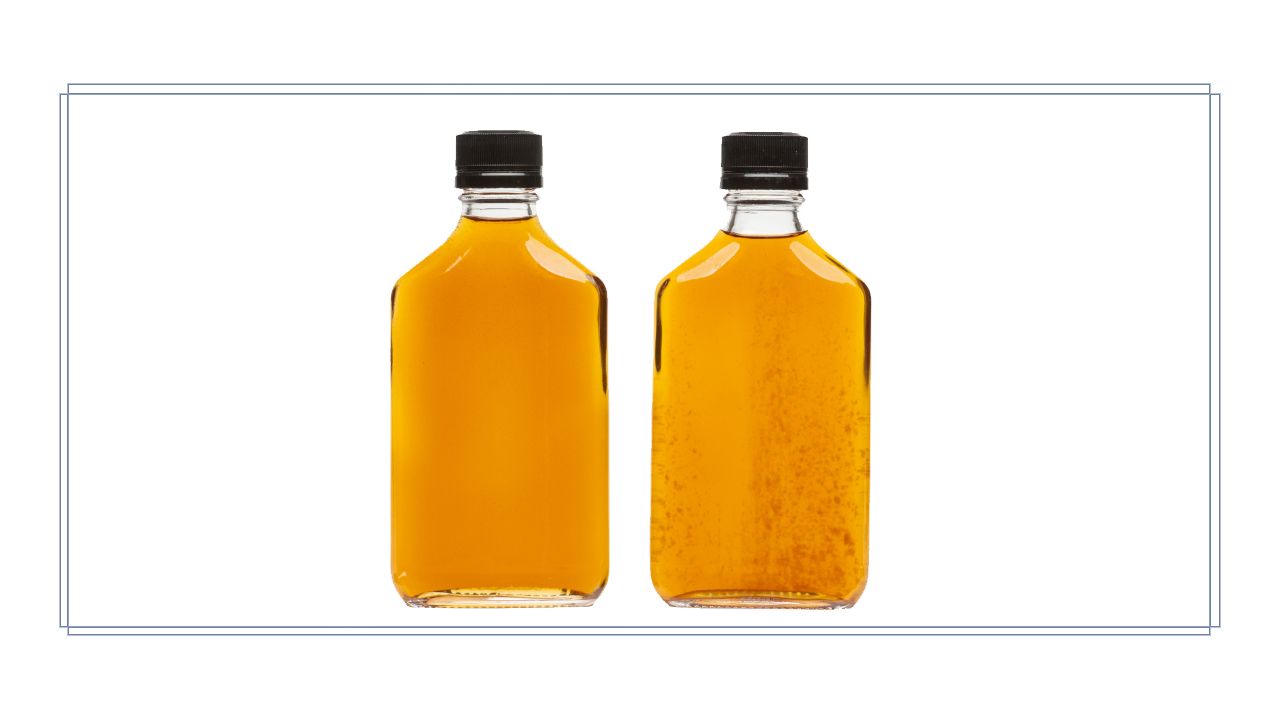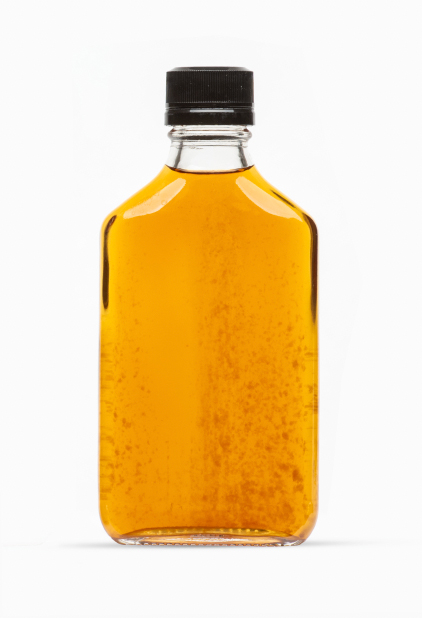Chill Filtration: What You Need to Know

A WHISKEY DRINKER’S GUIDE TO FLOCKING, CHILL FILTRATION AND MORE
In the whiskey world, chill filtration is the most common way barrel-aged spirits are made pristine en route to bottling. Yet while this important process is significant and has been around for centuries, most drinkers give it little to no thought.
But now, a growing number of consumers who understand chill filtration prefer some of their whiskeys be bottled without the process. They believe that avoiding chill filtration leaves a whiskey as close as possible to the liquid poured straight from the barrel, one with greater mouthfeel and flavor.
But are those claims true, and does “non-chill filtered” mean it’s a better whiskey? We asked some of our Heaven Hill Distillery experts for their professional insights.
CHILL FILTRATION 101
How many whiskey fans know that within their favorite pours are fatty acids, esters and proteins? If this is news to you, don’t be alarmed. These are harmless byproducts of distilling and aging that remain invisible in a whiskey—until it gets cold.
If you’ve ever left a bottle of whiskey in a car trunk on a cold winter night, chilled it in a refrigerator or poured it over ice and seen strange, opaque bits appear in the glass, you’ve experienced whiskey flock.
Think of “flock” like a flock of birds. It’s a group of something that’s gathered or clumped together. But in this case, flocking occurs when fatty acid, protein and ester molecules fall out of solution and connect in such numbers that they become visible in whiskey. When the whiskey warms, the flock disappears.

This bottle was chilled in a freezer in order to force the fatty acid, protein and ester molecules out of solution. As the bottle warmed, it returned to its original clarity.
Flocking also can happen when whiskey is proofed down at the distillery. Adding water can force those same molecules out of solution.
Although harmless, few drinkers want to witness this molecular hookup up in their bottles and glasses, and fortunately, chill filtration eliminates 99% of it. In this process, whiskey—sometimes from just one single barrel, other times from hundreds of barrels—is chilled in tanks to 28 degrees. As the sub-freezing temperature triggers flocking, it’s easier to remove those clingy molecules via filtration.